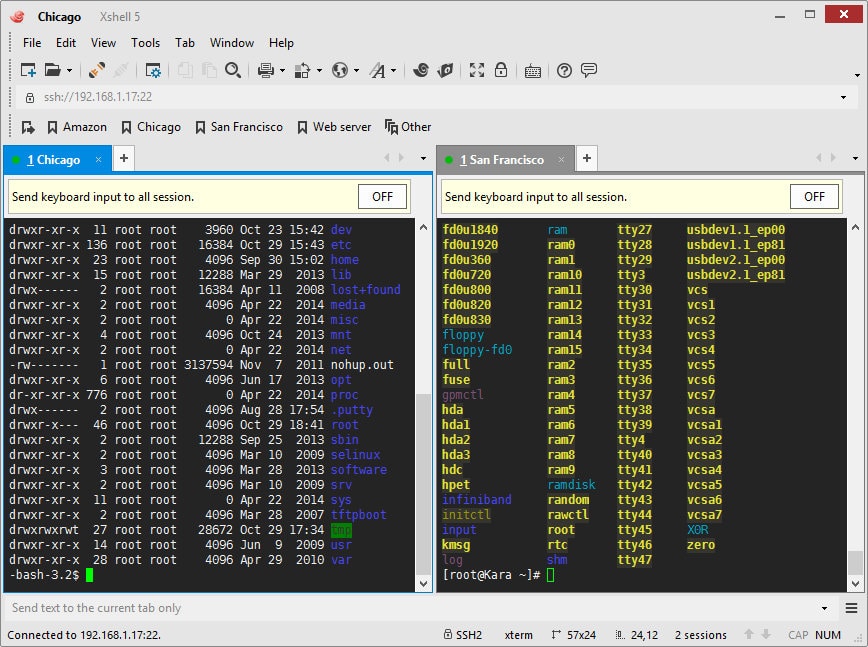

Varonis customers have had success detecting and reacting to CryptoLocker infections using DatAdvantage and DatAlert. Importantly, the filename or directory should try to signify to human users that they shouldn’t touch it. A file of the appropriate type (for CryptoLocker this would be primarily Microsoft Office documents and photos) is placed in an accessible location on the network and, if modified, alerts the system administrators that unauthorized access has occurred. Microsoft has made this easier for you to roll out with its release of AppLocker Windows PowerShell Cmdlets, which automate much of the process:Ī common means of testing for CryptoLocker and other malware is to use a Honeypot file.

One of the few proven ways of stopping CryptoLocker from gaining a foothold on a network (or even a single computer) is the use of the AppLocker utility (or its predecessor Software Restriction Policies), which can be used to allow or deny the execution of an application.ĬryptoLocker is usually spread via an executable email attachment, which then installs in %AppData%\*.exe, so preventing executables from launching from this path will help ward off CryptoLocker and other similarly structured malware. Get the Free PowerShell and Active Directory Essentials Video Course Prevention


 0 kommentar(er)
0 kommentar(er)
